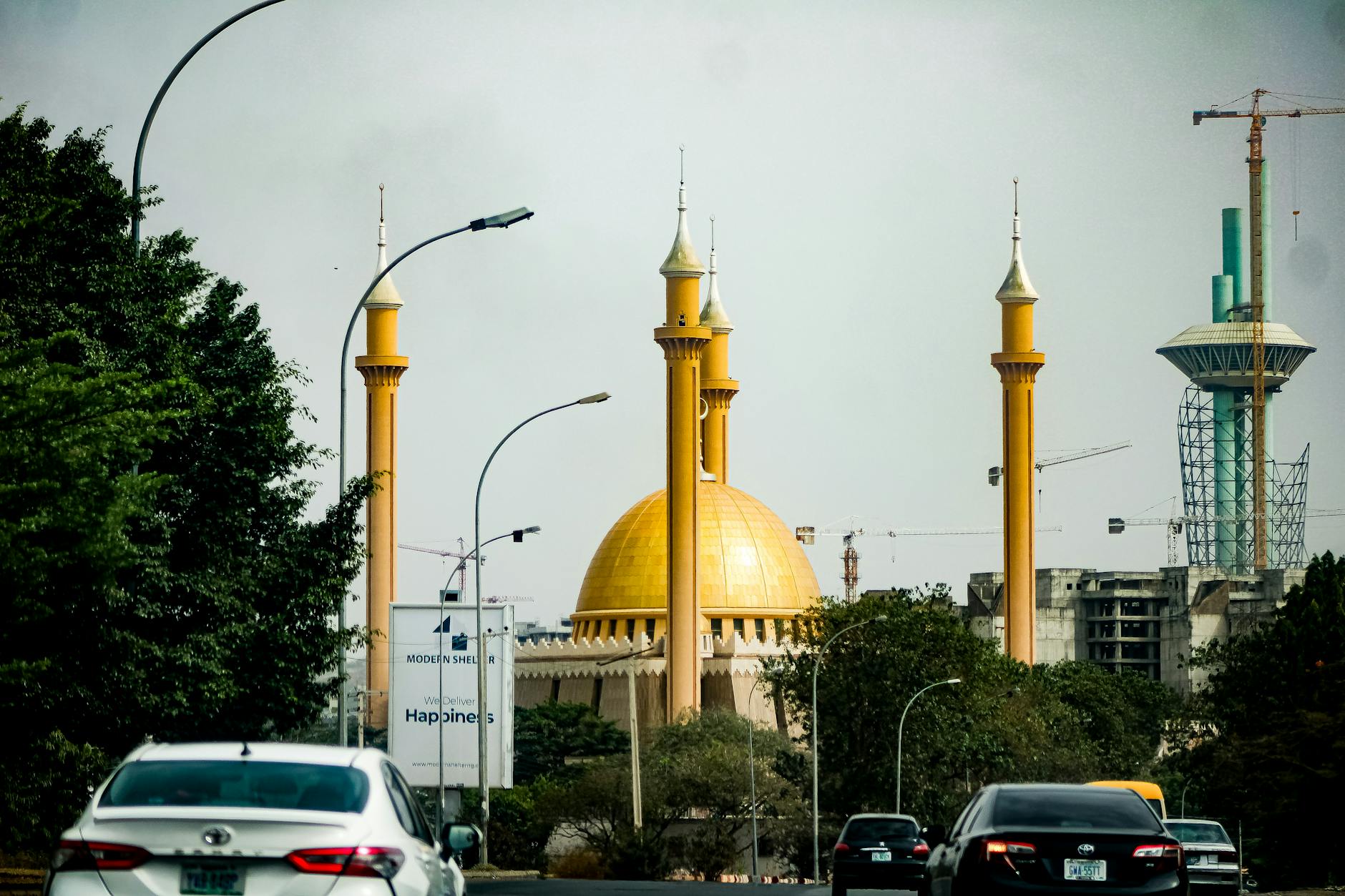How to Explore Australia's Wildlife Sanctuaries Responsibly

Key Wildlife Sanctuaries
As a wildlife advocate in Melbourne, I'm constantly inspired by the dedication to preserving our planet seen in places like the Galapagos Islands and the African savannah. Galapagos Islands tours offer a remarkable opportunity to observe diverse species up close, all while supporting conservation efforts. When I visit the Royal Botanic Gardens Melbourne, I'm reminded of the parallels between our local ecosystems and those found on African safari excursions. These experiences provide valuable wildlife conservation insights that motivate eco-conscious exploration.
Exploring Iconic Sanctuaries
Whether you're wandering through the lush landscapes of the Galapagos or marvelling at the majestic wildlife on an African safari, understanding the ecological significance of these regions is crucial. These sanctuaries serve as vital refuges for endangered species, and sustainable tourism helps fund preservation efforts. Observing animals in their habitats fosters a deep appreciation and desire to protect these remarkable creatures.
Off-the-Beaten-Path Gems
Beyond the well-trodden paths, both the Galapagos and Africa offer hidden gems that reward eco-friendly adventurers. Secret beaches and lesser-known trails allow for intimate wildlife encounters without contributing to overcrowding. These experiences are invaluable for those committed to maintaining the delicate balance of nature.
Seasonal Variations in Visits
When planning your trip, consider the seasonal dynamics of wildlife sanctuaries. The migration patterns of wildlife in Africa or the unique breeding seasons in the Galapagos can greatly influence your experience. By aligning your travel plans with these natural cycles, you can gain deeper insights while minimizing your environmental footprint.
Responsible Tourism Practices
Minimizing Ecological Footprint
In today's conservation-conscious landscape, minimising our ecological footprint while travelling is of utmost importance. When planning eco-friendly travels, consider embracing sustainable tour operators who prioritise low-impact practices and emphasise wildlife conservation insights. Whether you're dreaming of South America tours or exploring the rich biodiversity of African tours, your choices significantly impact these regions' fragile ecosystems. Choosing eco-conscious accommodations that employ renewable energy and water-saving initiatives is a great start. Additionally, reducing waste by using reusable containers and utensils helps protect vulnerable habitats and species from pollution.
Supporting Local Conservation Efforts
Travelling responsibly also means actively supporting local conservation efforts. By participating in tours or activities that contribute directly to conservation projects, like those around the Great Barrier Reef, or engaging with community-driven initiatives focused on sustainable practices, you provide essential resources to defend these unique ecosystems. Keen to make a difference? Opt for experiences that employ local guides who offer valuable insights into their conservation work, enhancing your travel while benefiting the local economy and efforts to safeguard natural wonders.
Engaging in Community Education
Incorporating educational aspects into your travels not only enriches your experience but also motivates the communities you visit. Prioritise programs that engage and educate both travellers and residents about sustainable practices and the importance of protecting natural habitats. Around Melbourne, for instance, partnerships with organisations like the Royal Botanic Gardens or Melbourne Zoo can augment your journey with in-depth knowledge supporting long-term conservation goals. This approach ensures that your travels contribute to a sustainable future, resonating with the values of eco-conscious individuals.
Wildlife Interaction Guidelines
Safe Wildlife Observation Techniques
As a wildlife advocate from Melbourne, immersed in the vibrant energy of "an insightful conservation workshop," I can't stress enough the importance of safe wildlife observation techniques. By observing strict practices, we protect both ourselves and the wildlife, allowing for enriching encounters that support the conservation ethos. When visiting places like the Melbourne Zoo, it’s crucial to maintain quietness and minimal movement, which ensures that the animals remain undisturbed. Using binoculars or cameras with zoom lenses allows for intimate, yet respectful wildlife conservation insights without intruding on their natural behaviours.
Handling Human-Wildlife Conflicts
Interacting with wildlife in a manner that respects their space is vital to avoiding potential conflicts. In areas close to human settlements or tourist destinations, such as Port Phillip Bay's marine sanctuaries, it is essential to follow established guidelines. By keeping food secured and disposing of waste responsibly, we reduce the chances of wildlife becoming habituated to human environments, which can lead to problematic encounters.
Importance of Respectful Distances
Respectful distances act as a protective boundary for wildlife, which is particularly important when visiting protected areas like the famed machu picchu tours. Keeping a safe distance maintains the health of the ecosystem while allowing visitors to fully appreciate the beauty and intricacies of different species. Adhering to these practices not only enhances our experience but also ensures that future generations will also marvel at these wonders. Whether it's observing the delicate balance of life in the Royal Botanic Gardens Melbourne or safeguarding the shores of Port Phillip Bay, our commitment to these principles is unwavering.
Challenges in Wildlife Sanctuaries
Addressing Overcrowding Issues
In my experience as a wildlife advocate, overcrowding in sanctuaries poses a significant challenge. Notably, the surge in visitor numbers often results in the deterioration of trails and habitats, which puts immense pressure on the wildlife we're striving to protect. To mitigate this, sanctuaries and parks can implement timed entry systems, thereby limiting the number of visitors at any one time. Regular assessments and capped visitor numbers are vital strategies for promoting sustainable tourism and ensuring that the sanctuaries don’t exceed their carrying capacity.
Combating Habitat Degradation
Habitat degradation is another pressing issue that requires our attention. The increase in foot traffic not only erodes landscapes but also disrupts wildlife ecosystems. Employing eco-friendly materials to reinforce eroded areas and engaging local communities in reforestation projects can make a substantial difference. Such efforts echo those seen in thriving marine sanctuaries, where conservation collaborations have been successful. The parallels are clear: maintaining the integrity of land habitats is just as crucial as protecting arctic ecosystems seen in arctic cruises.
Balancing Conservation with Tourism
The delicate balance between conservation and tourism revolves around setting strict guidelines and educating visitors on wildlife conservation insights. By doing so, we safeguard the natural beauty and ecological integrity of sanctuaries. Visitors must be encouraged to support eco-conscious initiatives, and revenue from tourism should directly benefit conservation projects. Leveraging the principles of eco-tourism ensures that our valuable wildlife sanctuaries remain protected for future generations.
Best Practices for Eco-Conscious Visitors
Packing Eco-Friendly Essentials
As wildlife enthusiasts, packing consciously is our first step towards responsible tourism. Opt for reusable water bottles and bags to reduce single-use plastic reliance. Choose biodegradable toiletries to minimise impact on ecosystems like those found at Port Phillip Bay's marine sanctuaries. Don't forget a reliable map of the Royal Botanic Gardens Melbourne to enhance your experience without needing digital devices constantly. Remember, personal choices in packing reflect our commitment to protecting Australia's unique biodiversity.
Choosing Sustainable Travel Options
Sustainable travel is essential for minimising our carbon footprint. Travel to iconic sites like the Melbourne Zoo via public transport, cycling, or walking whenever possible. These options not only reduce pollution but also offer splendid opportunities to immerse ourselves in the local environment. Consider staying in eco-certified accommodations, which support green practices benefiting local wildlife. Your travel choices actively contribute to conservation efforts and can make a significant difference.
Participating in Citizen Science Projects
Engaging in citizen science projects can be one of the most fulfilling aspects of eco-friendly travel. Whether it's tracking the migratory patterns of birds or participating in beach clean-ups around Port Phillip Bay, these activities heighten our understanding and appreciation of wildlife conservation. Such involvement provides invaluable data for research and fosters a deeper connection between us and the natural world. Witnessing the fruits of our efforts can be incredibly motivating and empowers us to spread awareness about these crucial initiatives.


